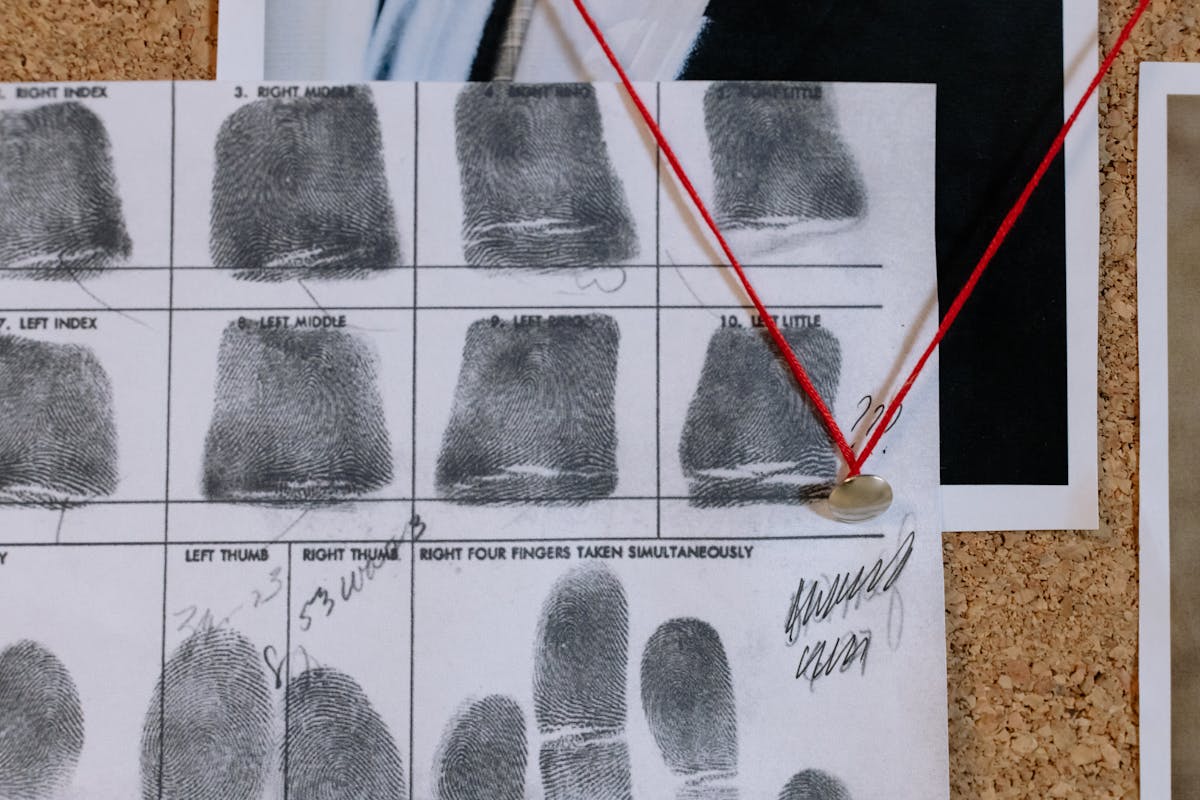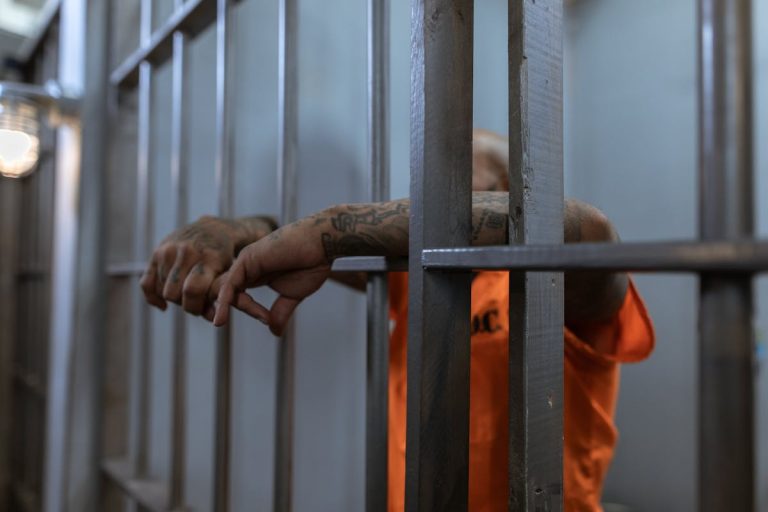The role of evidence in sex crime cases is a multifaceted issue with significant implications for law enforcement, legal proceedings, and, most importantly, the victims involved. The proper handling of various types of evidence such as DNA, digital traces, and witness accounts can be the determining factor in securing a conviction. However, the inherent challenges, from collection to interpretation, necessitate a thorough understanding of forensic methodologies and victim psychology. This extensive exploration invites further discussion on improving our approach towards evidence in sex crime cases.
Understanding Sex Crime Cases
The intricate landscape of sex crime cases necessitates a thorough understanding of their multifaceted nature. At the heart of this complex system are two key elements: victim psychology and consent issues, both of which play pivotal roles in the unfolding of such cases.
Victim psychology refers to the psychological reactions and coping mechanisms employed by victims of sex crimes. Understanding this facet is essential as it can influence the victim’s behaviour, narrative consistency, and willingness to participate in the legal process. Psychological trauma can manifest in numerous ways, from memory fragmentation to avoidance behaviour, which can complicate the victim’s testimony and might be misunderstood without an extensive understanding of victim psychology.
Consent issues, on the other hand, form the crux of many sex crime cases. Defining and establishing consent can be a complex and nuanced process, often muddled by factors such as intoxication, power imbalances, and implicit communication. Additionally, societal misconceptions and biases surrounding consent can influence how it is perceived and interpreted in the courtroom.
Importance of Evidence Collection
The collection of evidence in sex crime cases is an essential component in the overall investigative process. The adherence to proper forensic procedures guarantees the authenticity and integrity of the acquired evidence, thereby strengthening the legal argument. A systematic and meticulous approach in gathering and preserving evidence not only aids in the prosecution of the offender but also serves as an important tool in achieving justice for the victims.
Proper Forensic Procedures
Undeniably, proper forensic procedures play a significant role in the handling and investigation of sex crime cases. These procedures are an integral part of the justice system, designed to guarantee the integrity of evidence collected and its subsequent use in legal proceedings.
Forensic protocols, a series of systematic and standard procedures, are followed to guarantee the collection, preservation, and analysis of evidence is done in a manner that maintains its reliability. These protocols are vital in the initial stages of a sex crime investigation where the potential for evidence contamination or loss is high.
Evidence preservation is another essential aspect of forensic procedures. It involves maintaining the physical and biological integrity of the evidence collected, consequently preventing any form of deterioration or corruption that could weaken its value in court. This is achieved through careful handling, appropriate packaging, and suitable storage conditions.
Adherence to proper forensic procedures can be the deciding factor between a successful prosecution and a miscarriage of justice. It is, thus, imperative that all personnel involved in the investigation of sex crimes are well versed in these procedures to guarantee that justice is served.
Ensuring Evidence Authenticity
Building on the foundation laid by proper forensic procedures, the authenticity of evidence collected in sex crime cases becomes a paramount concern. The integrity of evidence, a key component of any investigation, is particularly vital in these cases. Sex crimes often hinge on physical evidence, and any tampering or contamination can greatly impact the outcome of a trial.
To guarantee evidence integrity, investigators must meticulously handle, store, and document each piece of evidence. This rigorous process, known as chain custody, serves to preserve the evidence’s original state, allowing for accurate analysis and interpretation. Chain custody begins at the crime scene and continues through laboratory analysis, storage, court presentation, and final disposition.
However, maintaining evidence authenticity does not end with chain custody. Forensic analysts must also verify the reliability of their tools and methods. This involves calibrating instruments, adhering to standard operating procedures, and participating in proficiency testing.
Types of Evidence in Sex Crimes
Delving into the domain of sex crime investigations, one encounters a broad range of evidence types used to substantiate such serious allegations. This evidence is critical as it forms the cornerstone of the prosecution’s case and, in turn, helps guarantee justice.
One of the most prevalent types of evidence is DNA, obtained from the crime scene or the victim. DNA analysis plays a pivotal role in identifying the perpetrator. It involves examining biological samples, such as semen, blood, or hair, that may have been left at the crime scene. This scientific technique has revolutionized the way sexual offenses are investigated, providing a high degree of accuracy, hence increasing the likelihood of conviction.
In today’s digital era, electronic evidence often plays a substantial role in these investigations. Digital evidence can include text messages, emails, internet search history, and social media posts. It provides insights into the offender’s behavior, intentions, or state of mind, and can corroborate other forms of evidence.
Witness testimonies, victim statements, and expert opinions are other forms of evidence commonly used in sex crime cases. Each type of evidence has its unique role and together, they provide a robust foundation for a compelling case.
Evaluating Physical and Biological Evidence
In evaluating physical and biological evidence, investigators often have to sift through an intricate web of details to piece together a plausible narrative. Each crime scene presents a unique set of circumstances that can only be deciphered through a meticulous examination of the available physical and biological evidence.
The role of physical evidence in sex crime cases is essential. Such evidence can include clothing, bedding, or other objects from the crime scene that may carry traces of the perpetrator. Biological evidence, on the other hand, is usually more specific and can definitively link a suspect to the crime. This typically involves DNA analysis, a tool that can identify a suspect with a high degree of certainty, provided there is a reference sample for comparison.
However, multiple factors can compromise the integrity of physical and biological evidence. These include the passage of time, environmental conditions, and the handling of the evidence itself. Despite these challenges, the careful evaluation of physical and biological evidence remains a cornerstone of sex crime investigations, providing vital information that can lead to the identification and prosecution of offenders.
Role of Forensic Science
Forensic science plays a pivotal role in sex crime investigations. It provides a fundamental bridge between physical evidence collected from crime scenes and the judicial interpretation of that evidence. It is an interdisciplinary domain that encompasses various subfields such as biology, chemistry, and physics, all coming together to aid in the detection and prosecution of sexual offenders.
The advancements in forensic technology have considerably changed the landscape of crime scene analysis. Novel techniques like DNA profiling, fingerprint identification, and digital forensics amongst others, have revolutionized the field. They offer a level of precision and reliability previously unattainable, allowing for the collection and preservation of minute yet critical pieces of evidence. The ability to accurately link a suspect to a crime scene or to a victim has been greatly enhanced, thereby increasing the probability of conviction.
However, despite these advancements, the application of forensic science is not without limitations. Errors can occur during the collection, analysis, or interpretation stages. Additionally, the quality of forensic evidence is often dependent on the initial crime scene preservation and the chain of custody. These challenges underscore the importance of continuous training, adherence to protocols, and the need for checks and balances within the forensic process.
Testimonial Evidence and Witness Accounts
Testimonial evidence and witness accounts are pivotal components in the investigation of sex crime cases. The understanding of testimonial evidence necessitates a thorough examination of its credibility, reliability and admissibility in court, as well as its potential impact on the jury. Concurrently, the role of witness accounts is significant, given their direct influence on case proceedings, the uncovering of truth, and the overall determination of justice.

Understanding Testimonial Evidence
While the complexities of sex crime cases often necessitate an array of evidence types, one essential category remains testimonial evidence, particularly witness accounts. This form of evidence encompasses any information provided verbally by those involved or present during the alleged incident. Testimonial evidence, however, is not without its challenges.
Key among these are issues surrounding testimony reliability and witness credibility. Testimony reliability refers to the consistency and accuracy of the information provided. This can be influenced by a variety of factors, from the witness’s memory and perception of the event to their ability to accurately communicate what they witnessed.
Witness credibility, on the other hand, pertains to the believability of the witness. This is often evaluated based on the witness’s character, their behavior both during and after the event, and their demeanor while providing testimony. Factors such as bias or a history of dishonesty can markedly affect witness credibility.
It is important to note that while testimonial evidence can be compelling, it must be scrutinized and corroborated with other forms of evidence whenever possible. Therefore, a thorough and analytical approach to testimonial evidence is paramount in sex crime cases.
Role of Witness Accounts
In the intricate landscape of sex crime cases, the role of witness accounts cannot be overstated. These accounts, classified as testimonial evidence, often form the backbone of the prosecution’s case. They provide a narrative of the alleged crime, offering the court an insight into the events as they unfolded.
Eyewitness reliability, however, is a contentious issue. Human memory is not infallible and is subject to distortion due to various factors, including stress, trauma, and the passage of time. This phenomenon, known as memory distortion, can lead to inaccuracies in recall, potentially compromising the veracity of witness accounts.
Given the high stakes involved in sex crime cases, it is essential to scrutinize the reliability of witness accounts meticulously. This involves examining the conditions under which the witness observed the incident, the amount of time that has elapsed since the incident, and the witness’s mental state, among other factors.
Challenges in Evidence Collection
Frequently, professionals in the field of law enforcement encounter significant obstacles when collecting evidence in sex crime cases. These challenges primarily stem from issues related to evidence preservation and chain custody, among other factors.
The first hurdle lies in preserving the evidence in its original state. Sex crimes often leave behind physical and biological evidence such as DNA, which can degrade rapidly if not properly handled and stored. This can lead to the loss of essential data, making it more difficult to establish a definitive connection between the victim, the suspect, and the crime scene.
Chain custody also presents a significant challenge. This refers to the process of documenting the movement and location of evidence from the moment it is collected until it is presented in court. Any break in the chain can lead to questions about the integrity of the evidence and its admissibility in court.
Adding to these, the sensitive nature of sex crimes can make victims hesitant to come forward, delaying evidence collection. Furthermore, the stigma attached to these crimes may result in evidence tampering or destruction by those seeking to protect the perpetrator. These obstacles underscore the need for meticulous procedures in evidence collection and handling.
Impact of Evidence on Case Outcomes
Given the challenges in evidence collection and preservation, it’s important to understand the influence this has on the outcome of sex crime cases. The integrity of evidence can considerably shape the narrative of the case and ultimately the verdict.
Faulty evidence collection can compromise evidence integrity, leading to the dismissal of potent evidence. Consequently, the prosecution’s case strategy may falter, and the accused may go unpunished. Conversely, well-preserved, compelling evidence can strengthen the prosecution’s case, increasing the likelihood of a guilty verdict.
The quality of evidence can also impact the credibility of the witnesses. For instance, if the physical evidence contradicts a victim’s testimony, it may cast doubt on their credibility, possibly swaying the jury’s opinion.
Furthermore, the presentation of evidence can influence the judge’s decisions on sentencing. Strong, reliable evidence may lead to harsher sentences, while weak or questionable evidence might result in lenient sentences or even acquittals.
Frequently Asked Questions
What Is the Statute of Limitations for Reporting a Sex Crime?
The statute of limitations for reporting a sex crime varies greatly by jurisdiction, reflecting statute differences. Reporting procedures typically require immediate action, however, some jurisdictions allow reports decades after the incident. Legal counsel should be sought for specifics.
How Can Victims of Sex Crimes Seek Immediate Help?
Victims of sex crimes can seek immediate help by contacting crisis hotlines, which provide confidential support, or by reaching out to local emergency services for immediate safety and medical attention if necessary.
What Are the Psychological Support Options Available for Sex Crime Victims?
Sex crime victims can utilize a variety of psychological support options. Therapy options, including individual and group counseling, are essential tools for recovery. Additionally, support groups provide communal healing and shared experiences to facilitate coping mechanisms.
What Legal Rights Do Accused Individuals Have in Sex Crime Cases?
Accused individuals in sex crime cases have significant legal rights including presumption of innocence, right to legal representation, right to confront accusers, and right to a fair and speedy trial by an impartial jury.
How Are Sex Crime Cases Handled Differently for Juveniles or Minors?
Juvenile sex crime cases are handled distinctively within the juvenile justice system, emphasizing rehabilitation over punishment. Legal representation guarantees fair proceedings, focusing on the minor’s rights, potential defenses, and the implications of a guilty verdict.





